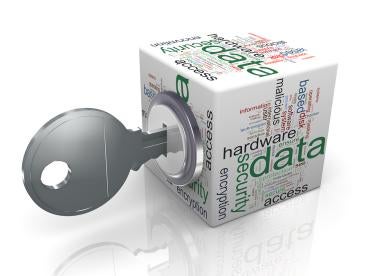On January 25, 2018, the National Institute of Standards and Technology (NIST) division of the U.S. Department of Commerce released a draft report of Blockchain technology (Overview). Recognizing the growing public awareness of the most well-known application of Blockchain technology – Bitcoin, the Overview draft report provides a high-level discussion of the technical components of Blockchain technology, addressing how data is encrypted, and how the data is verified and then distributed among the participating Blockchain parties. NIST is seeking comments on the scope and completeness of the draft Overview, which are due by February 23, 2018.
The Overview begins with a fairly detailed, yet accessible, overview of the architecture of Blockchain technology, covering both how data that is to be recorded and encrypted in the blocks, and how the individual blocks are then incorporated into the corresponding Blockchain. Discussions of hashing, nonces, forking and Merkle Trees are included, along with helpful charts for those with a preference for visuals.
Next, the draft report discusses the various methods in use to verify the accuracy of a transaction before it is permanently written into the Blockchain. This process of agreement, called consensus, can take different forms depending on the intended purpose of the Blockchain. For example, where there is a limited number of participants, and the Blockchain is privately-maintained, each party has a vested interest in the accuracy of the Blockchain, and the consensus process can be expedited. On the other hand, for the public Blockchains that are used for cryptocurrencies such as Bitcoin or Ether, there is an assumed lack of trust among the parties, and the Blockchain requires highly-intensive demonstrations of “proof of work” to gain consensus before a block can be permanently affixed to the Blockchain.
The Overview helpfully provides examples of how Blockchain technology may be used in the future by discussing different use cases. For example, the Overview briefly touches on efforts in Banking, Supply Chain, Insurance and Health Care industries, all of which are presumed to involve some limitation of the number of parties that are involved, and hence, a higher trust level. The Overview also briefly discusses several cryptocurrencies, as well as effects such as Hyperledger and MultiChain, which are working to create open-source Blockchain platforms for use by private parties. The Overview concludes with a discussion seeking to address certain misconceptions about Blockchains, and an overall suggestion for further review and education before companies adopt the technologies.
One significant missing aspect of the draft report is the absence of any discussion about the regulatory pushback by the United States and other counties, such as China and South Korea, with respect to the creation and trading of cryptocurrencies. While the main purpose of the Overview was a discussion of the underlying Blockchain technology utilized for cryptocurrencies, recent efforts by the SEC, IRS, and the CFTC to address legal and regulatory issues that arise from the explosion of cryptocurrencies and initial coin offerings would have been a helpful addition in this highly complex area.
For example, the U.S. Internal Revenue Service (IRS) filed suit to obtain customer records from a major cryptocurrency trading desk. The IRS has treated cryptocurrencies as property, and will require that taxes be paid on any gains earned by the seller. In addition, the U.S. Securities and Exchange Commission (SEC) is taking a close look at ICOs to determine if the sale of tokens should be regulated as a security, and the Commodity Futures Trading Commission has indicated that cryptocurrencies could be treated as commodities. In December 2017, the first Bitcoin future market was started by CBOE Global Markets, and the SEC is considering rules to permit new ETFs by the Chicago Board Options Exchange.
Thus, while the NIST draft Overview provides a useful summary for those that seek an introduction to the subject, it might have been beneficial to have include a brief discussion on the ongoing governmental efforts to regulate the various applications of Blockchains. It is likely that some of these issues will be addressed in the comments that are due by February 23, and be incorporated into the final report.



 i
i


